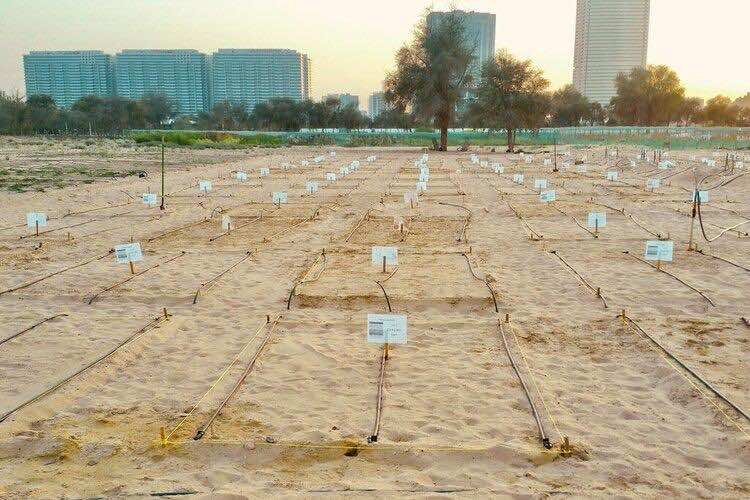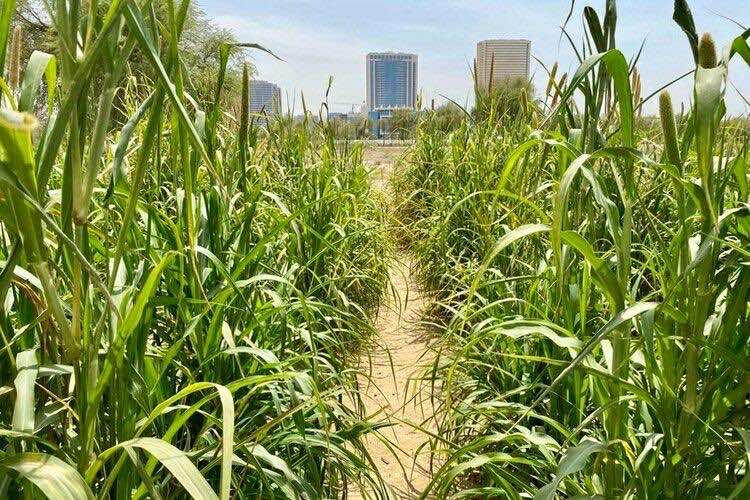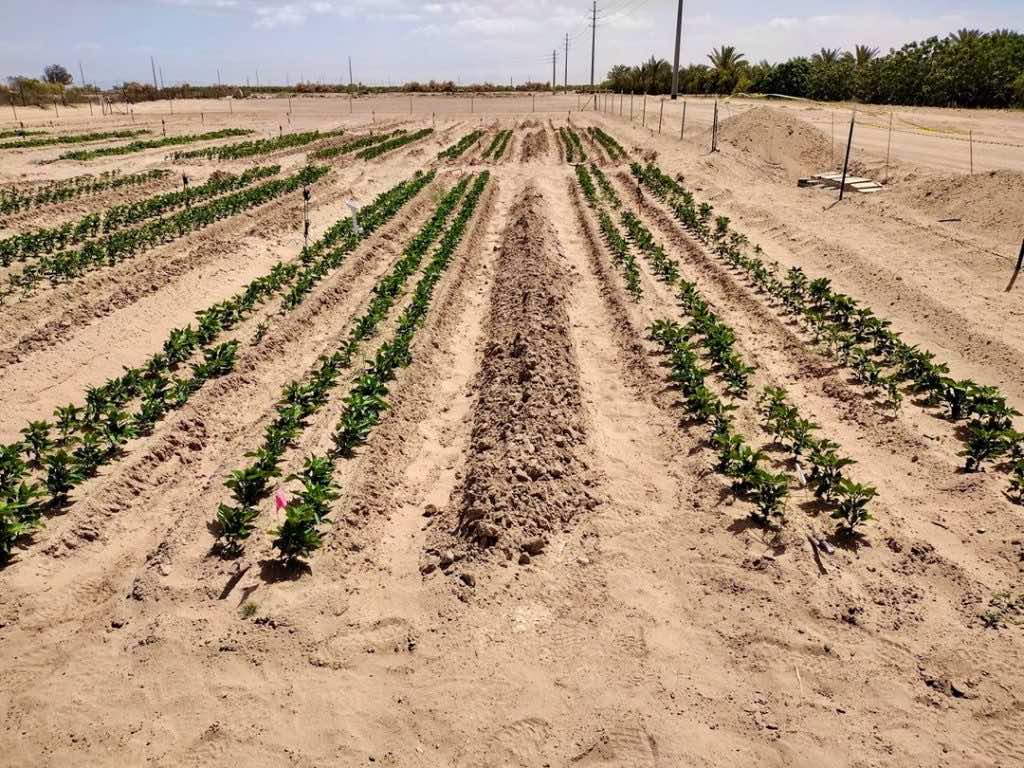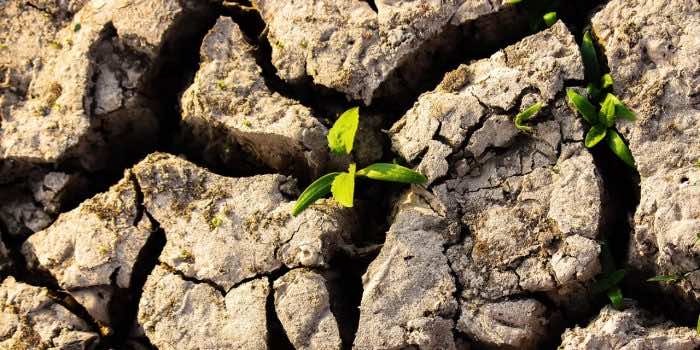Desert Control, based in Norway, claims to have a solution to revolutionize the fight against desertification. The technology, known as Liquid Natural Clay (LNC), might convert desert sand into rich soil in less than 7 hours. Previously, the process took between 7 and 12 years. This is a game changer, rekindling our hope for a greener Earth.
The company’s unique LNC technique improves the fertility of desert sand. In three processes: spraying, conserving and growing, a unique clay mixture is turned into a liquid component that will save water usage and increase soil health.
Desert Control’s technology, developed in the mid-2000s by Norwegian scientist Kristian Olesen, converts heavy clay into a liquid “almost as thin as water,” explains CEO Ole Kristian Sivertsen.

Liquid NanoClay is created with only water and clay. The method may transform thick clay into a liquid “nearly as thin as water,” spraying over the sands, percolating the top layer to a few dozen centimeters. The clay adheres to the sand particles, forming a moisture-retaining soil that can support plant growth.
LNC is a non-intrusive approach that can save up to 50% on water and fertilizer. In addition, crop yields will increase by up to 62 percent thanks to the improved fertile soil. According to Desert Control, the effects of Liquid NanoClay endure roughly five years before the artificially manufactured soil needs to be replenished.

With worldwide desertification on the rise, inventions that allow crops to thrive in arid environments could help many countries shore up their food supply.
“It’s quite an unusual innovation,” notes Jacqueline Hannam, a soil scientist from Cranfield University in the UK.
She claims that clay-rich soils contain more nutrients and water, which “probably” lessens the need for irrigation. However, Hannam warns that desert ecosystems are fragile. “You’re introducing something into that desert habitat that wouldn’t normally be there,” she explains.
Therefore, to protect the ecosystem, Desert Control is considering collaborating with a third party, such as ICBA, which has experience certifying agricultural systems in these conditions.

Desert Control is currently focusing on the UAE, which imports around 90% of its food due to the dry region. So although the technology has already been useful, there is still a financial barrier.
Given the vast areas that must be treated with Liquid NanoClay for agricultural activities to make sense, CNN reports that the method’s cost ranges from $2 to $5 per square meter (11 square feet). However, Desert Control plans to create machines that can produce enormous quantities of liquid nanoclay, significantly lowering costs.

“If they are able to reduce the price and make it affordable for the least income countries, it could have a really huge impact on food security and the ability of many of those countries to use their own crops,” said Ismahane Elouafi, Director General of Dubai’s International Center for Biosaline Agriculture.
“It could be tremendous.”


